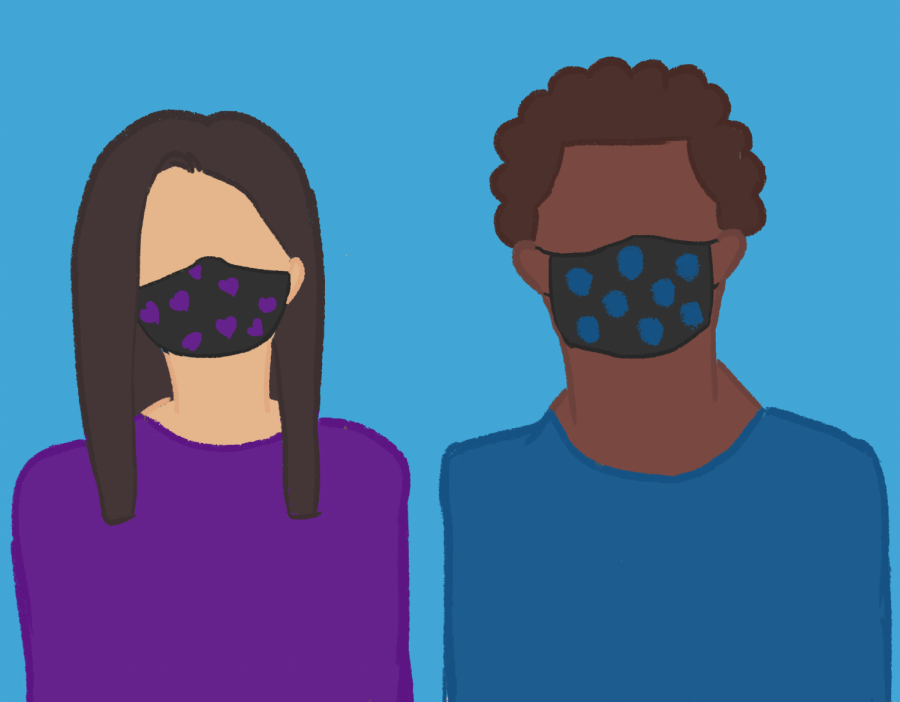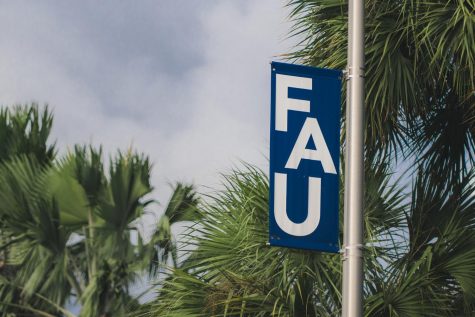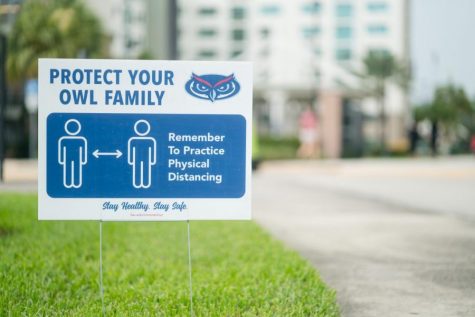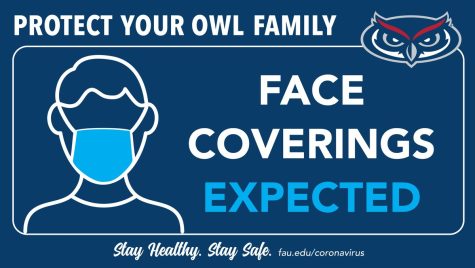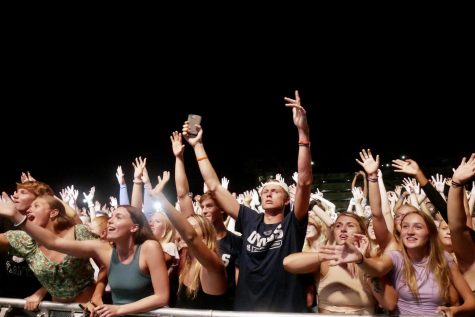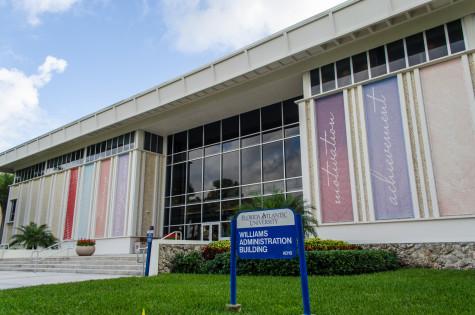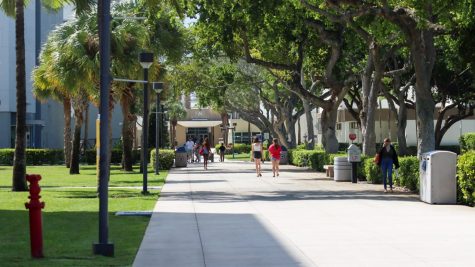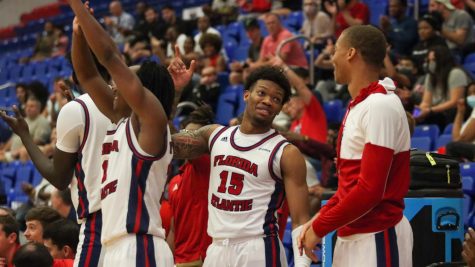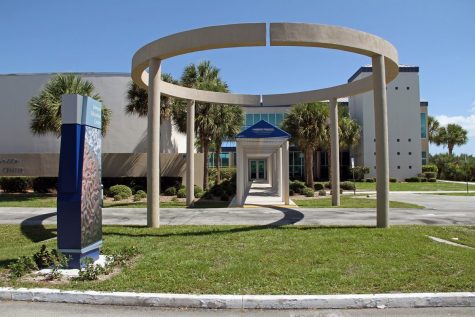PRINT: Multicultural students speak out on COVID-related discrimination
Students at the university expressed their thoughts on discrimination during the time of the pandemic.
March 12, 2021
Editor’s note: This story is in the UP’s latest issue that can be found digitally through our Issuu page.
In the age of the pandemic, the topic of discrimination has come about many times. Although the majority of FAU students have been unaffected by COVID-related discrimination, they are well aware of the stories of those who have.
Tykeem McCord, political action chair for the FAU Chapter of the National Association for the Advancement of Colored People (NAACP), said that although he hasn’t suffered COVID-related discrimination, he has read stories online about it.
“Black people do face some sort of discrimination within the healthcare system,” said McCord. “There’s more underlying conditions that Black people face.”
McCord mentioned that NAACP held a town hall, where discussions were held on the conflicts that are faced within the black community.
“I think it’s important especially in a time where people have so much time on their hands,” said McCord. “It’s something we can really see, grasp, and understand like ‘Hey, this is an important issue because it’s impacting the Black community.’”
While McCord spoke about the discrimination of Black people and COVID, another student spoke from an international viewpoint. Asher Iqbal, a Ph.D. student in electrical engineering from Pakistan, feels that COVID discrimination comes from scapegoating.
“Within a country, there is a division of us versus the others,” said Iqbal. “It is very easy to put [the] blame on someone and say it is because of you.”
Daniel Bell, secretary of the Asian Student Union, said that the discrimination isn’t anything new. In fact, it has increased during the pandemic, especially towards Asians.
“It’s a different culture, a very different language, very distinct features,” said Bell. “Hate [and] fear-mongering, they come from a place of ignorance.”
Just because Iqbal and Bell didn’t suffer any type of discrimination based on their background, doesn’t mean they didn’t have any hardships throughout this ongoing pandemic.
At the beginning of the pandemic, Iqbal was in Pakistan for a wedding but was worried he wouldn’t be able to fly back to the U.S. As a Ph.D. student, Iqbal has to be in-person for his research.
“I was in a constant worry whether I’ll be able to go back,” said Iqbal.
Iqbal is also an international student. When the news that international students had to take in-person classes or else they had to go back to their country, the policy seemed to conflict with what medical professionals were saying about having in-person classes.
“On one side, the [people] who were working with the viruses, they are saying to stay at home,” said Iqbal. “On the other hand, policies are being processed telling us like you have to be in-person, otherwise go back.”
Iqbal credits International Services for being there at all times for the international students. The office would have office hours every day and respond to every student.
“They showed empathy,” said Iqbal. “They came up with a solution that worked really well for me and the other international students.”
Bell, on the other hand, works in retail and has had customers glancing at him at times.
“It did give me more paranoia in my surroundings,” said Bell.
In an email from Brittany Sylvestri, Media Relations Assistant Director, said that the Center for Inclusion, Diversity, Education, and Advocacy (IDEAs) provides diversity and inclusion training to faculty, staff, and students and uses its platforms to raise awareness of health care disparities related to COVID-19.
According to the Center for Disease Control (CDC), discrimination is one of the factors that can contribute to an increased risk of coronavirus. The discrimination, which includes racism, can lead to chronic and toxic stress that shapes social and economic factors that put people from racial or ethnic minorities at a higher risk. On the CDC website, race and ethnicity for more than 90% of people who died of COVID-19 is higher than the U.S. race and ethnicity population. The race and ethnicities named are Hispanic,Latino, non-Hispanic Black, non-Hispanic American Indian, and Alaska Native people
Among the things people can take away from COVID-19 discrimination, the biggest one should be to educate themselves, said Bell.
“If you realize that you were wrong or you had believed something that later turns out to not be so true, accept that and be able to change.”
Natalia Ribeiro is a news editor for the University Press. For information regarding this or other stories, email [email protected] or tweet her @nataliar_99.

